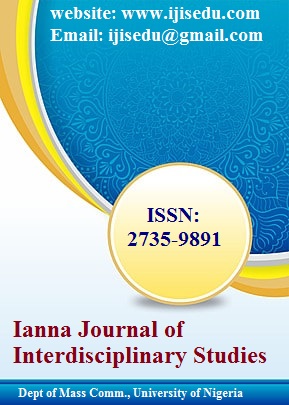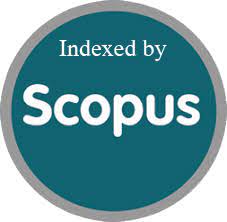EVOLUTION OF LOCAL LANGUAGE MEDIA IN ODISHA WITHIN A CONVERGING MEDIA SCAPE
DOI:
https://doi.org/10.84761/wrnpq240Abstract
Odisha, previously known as Orissa, has a rich historical and linguistic heritage. Situated on the eastern coast of India, it has witnessed significant political and socio-cultural transitions under various rulers, including the Mauryas, Guptas, Mughals, Marathas, and the British. The Government of India created Odisha as the country's first linguistic state on April 1, 1936. As a classical language of India, the Odia language developed from Brahmi inscriptions to acquire its formal script structure during the 11th century AD.
Through its development, Odia Press was instrumental in the cultural awakening of its people and the advancement of their political consciousness. Language newspapers emerged as effective agents of transformation when literacy rates increased and as the national freedom movement gained momentum because they supported local agendas plus exposed vital socio-political issues. Even though it came late in the establishment of Indian regional presses, the Odia press brought transformative power to Odisha's political environment and cultural expression.
The historical development of Odia newspapers is investigated in this paper alongside their social impact from colonial rule to the establishment of independence. The study divides the press development timeline into distinct periods covering its missionary control origins, leading to the current digital age. Through analysis of colonial policy consequences, along with language defense campaigns, together with infrastructure advancement, this research establishes the complete influence of Odia press in developing public messaging and local patriotism in the region of Odisha.









